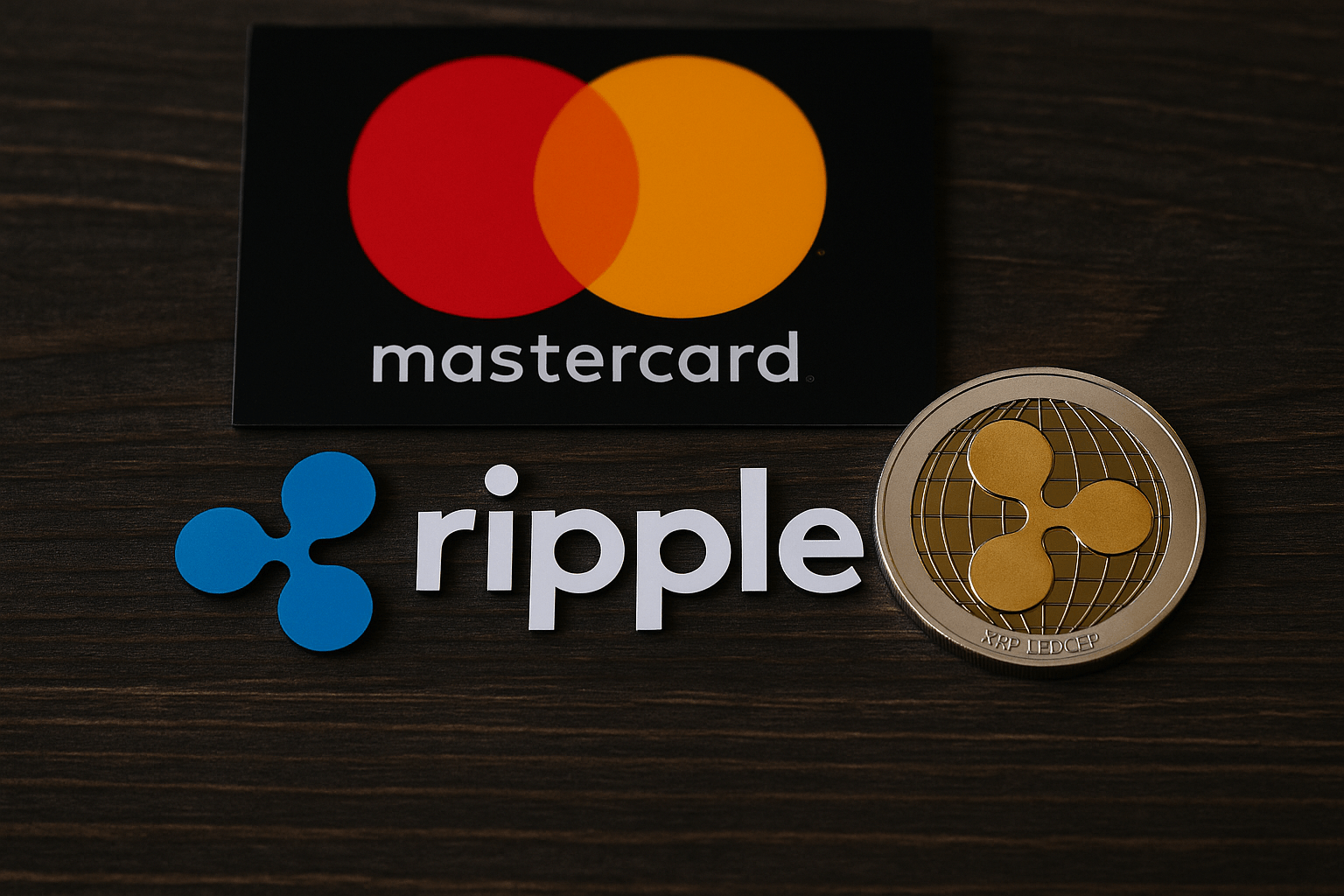Ripple’s RLUSD Pilot Accelerates Blockchain Payments Mainstream Adoption
Ripple’s RLUSD pilot marks a major step toward mainstreaming blockchain-based payments. With increasing competition and ongoing regulatory risks, Ripple’s enterprise-focused strategy and new partnerships are strengthening XRP’s long-term position.
**Major Partnership Announced at Swell 2025**
At its Swell 2025 conference yesterday, Ripple announced a high-stakes partnership with Mastercard, WebBank, and Gemini. This collaboration centers on piloting Ripple USD (RLUSD)—an initiative designed to transform stablecoin remittances and reshape the payments landscape. Stablecoin-based transactions can move money instantly and directly without the need for intermediaries like traditional banks.
This initiative is a pivotal expansion of Ripple’s real-world utility, evolving the XRPL from a cross-border payments specialist into a backbone for everyday fiat settlements.
**Mastercard’s Perspective and the Path to Mainstream**
Sherri Haymond of Mastercard commented:
> “Through our partnerships with Ripple, Gemini, and WebBank, we’re using our global payments network to bring regulated, open-loop stablecoin payments into the financial mainstream.”
Despite excitement, these pilots come with regulatory and operational risks, prompting skepticism until a full-scale rollout is achieved. Nonetheless, analysts highlight that this could become one of the first instances of a regulated U.S. bank settling card payments using a regulated stablecoin on a public blockchain.
**Upcoming Panel Discussion**
A related panel discussion will take place on November 13 at 11:10 AM, where experts will explore key considerations for building alternatives allocations using strategies across private equity, private credit, and liquid alternatives.
**Competition and Ripple’s Unique Advantages**
Meanwhile, competition from rivals like Visa’s stablecoin initiatives continues to intensify. Ripple’s edge lies in its decade-long focus on enterprise-grade blockchain solutions. With RLUSD’s integration—including recent expansions via SWIFT-linked partnerships and acquisitions such as gTreasury—the pilot has the potential to speed up adoption, bridging crypto’s volatility with fiat stability.
**XRPL Technology and Market Outlook**
The XRPL’s decentralized architecture plays a vital role, processing thousands of transactions per second at minimal cost. Built-in compliance tools—including ISO 20022 integration—ensure compatibility with existing financial infrastructure.
The Mastercard partnership injects new energy into XRP’s long-term narrative, supporting a bullish near-term outlook. According to analysts, if regulatory approvals are secured by Q1 2026, XRP could see a 20–30% price increase, potentially pushing the token toward $3 from its current $2.40 range. This would be driven by institutional inflows and improving sentiment.
**XRP Price Update**
Currently, XRP is trading at $2.33, reflecting a 3.8% increase over the past day, following a 7.15% decline over the previous week. By enabling XRPL to support high-volume settlements, the RLUSD pilot is expected to increase demand for XRP as the ledger’s native gas token—even if RLUSD manages the core transfers.
> **See XRP price chart below.**
—
*Recommended for you:*
https://bitcoinethereumnews.com/tech/ripple-expands-real-world-utility-mastercard-adopts-rlusd-on-xrp-ledger/

Be First to Comment